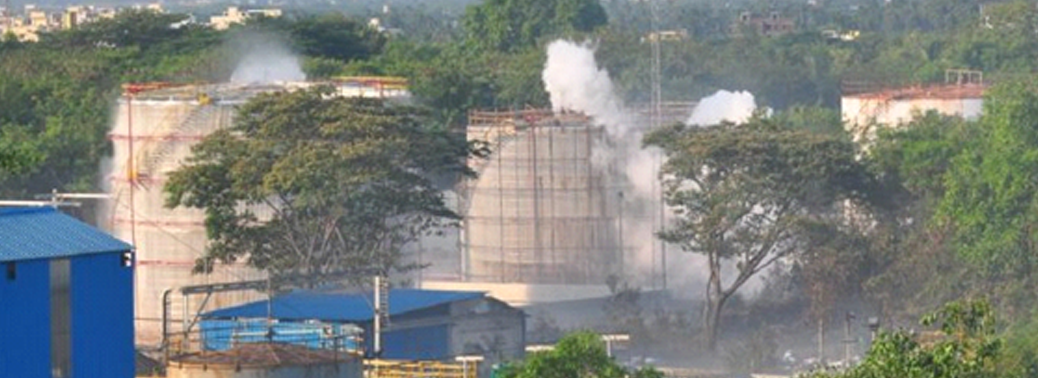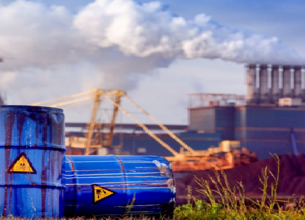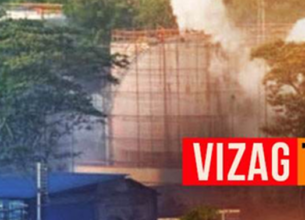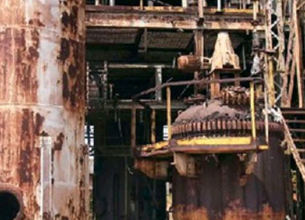STYRENE GAS LEAK IN VIZAK
08, May 2020

Prelims level : Medicine and Pharmaceuticals
Mains level : GS-II Issues relating to development and management of Social Sector or Services relating to Health, Education, Human Resources.
Why in News?
- A Gas Leak, Reminiscent of the 1984 Bhopal tragedy, has affected thousands of residents in five villages in Visakhapatnam in Andhra Pradesh.
About the News:
- The source of the leak was a styrene plant owned by South Korean electronics giant LG, located at RRV Puram near Gopalapatnam, about 15 kms from the coast city.
- A statement from LG Polymers said that stagnation and changes in temperature inside the storage tank could have resulted in auto polymerization and could have caused vapourisation.
What is Styrene?
- It is a flammable liquid that is used in the manufacturing of polystyrene plastics, fiberglass, rubber, and latex.
- It is also found in vehicle exhaust, cigarette smoke, and in natural foods like fruits and vegetables.
What happens when Exposed to Styrene?
- Short-term exposure to the substance can result in respiratory problems, irritation in the eyes, irritation in the mucous membrane, and gastrointestinal issues.
- Long-term exposure could drastically affect the central nervous system and lead to other related problems like peripheral neuropathy. It could also lead to cancer and depression in some cases.
What are the Symptoms?
- Symptoms include headache, hearing loss, fatigue, weakness, difficulty in concentrating etc.
- Animal studies, according to the EPA, have Reported effects on the CNS, Liver, Kidney, and Eye and Nasal Irritation from Inhalation Exposure to styrene.
Other Similar Gas Tragedy in India:
- Bhopal Gas tragedy occurred on the cold wintry night in the early hours of 3 December, 1984.
- At around midnight, the chemical reaction started in the Union Carbide (India) Limited factory that culminated in the leakage of deadly Methyl Isocyanate (MIC) gas from one of the tanks of the factory.
- As a result, a cloud of gas gradually started descending and enveloping the city in its lethal folds. And the city and lakes turned into a gas chamber.
- In the tragedy around 3000 lives of innocent people were lost and thousands and thousands of people were physically impaired or affected in several forms.
- After the tragedy, the government of India enacted a Public Liability Insurance Act (1991), making it mandatory for industries to get insurance the premium for this insurance would contribute to an Environment Relief Fundto provide compensation to victims of a Bhopal-like disaster.
What does PLI Act Say?
- The Public Liability Insurance (PLI) Act, 1991 makes it obligatory upon the user industries handling 179 types of chemicals and compounds and other classes of flammable substances to subscribe a special insurance policy to cover the liabilities likely to arise on account of any chemical (industrial) disaster/accident and payable to those affected people who are not the workers on ‘no fault basis’/ ‘absolute liability’.
- The Act establishes an Environment Relief Fund (ERF),which is subscribed by all such user industries by an amount equal to the annual premium amount of such insurance policies.
- PLI Act is administered by the Ministry of Environment Forest and Climate Change.
















